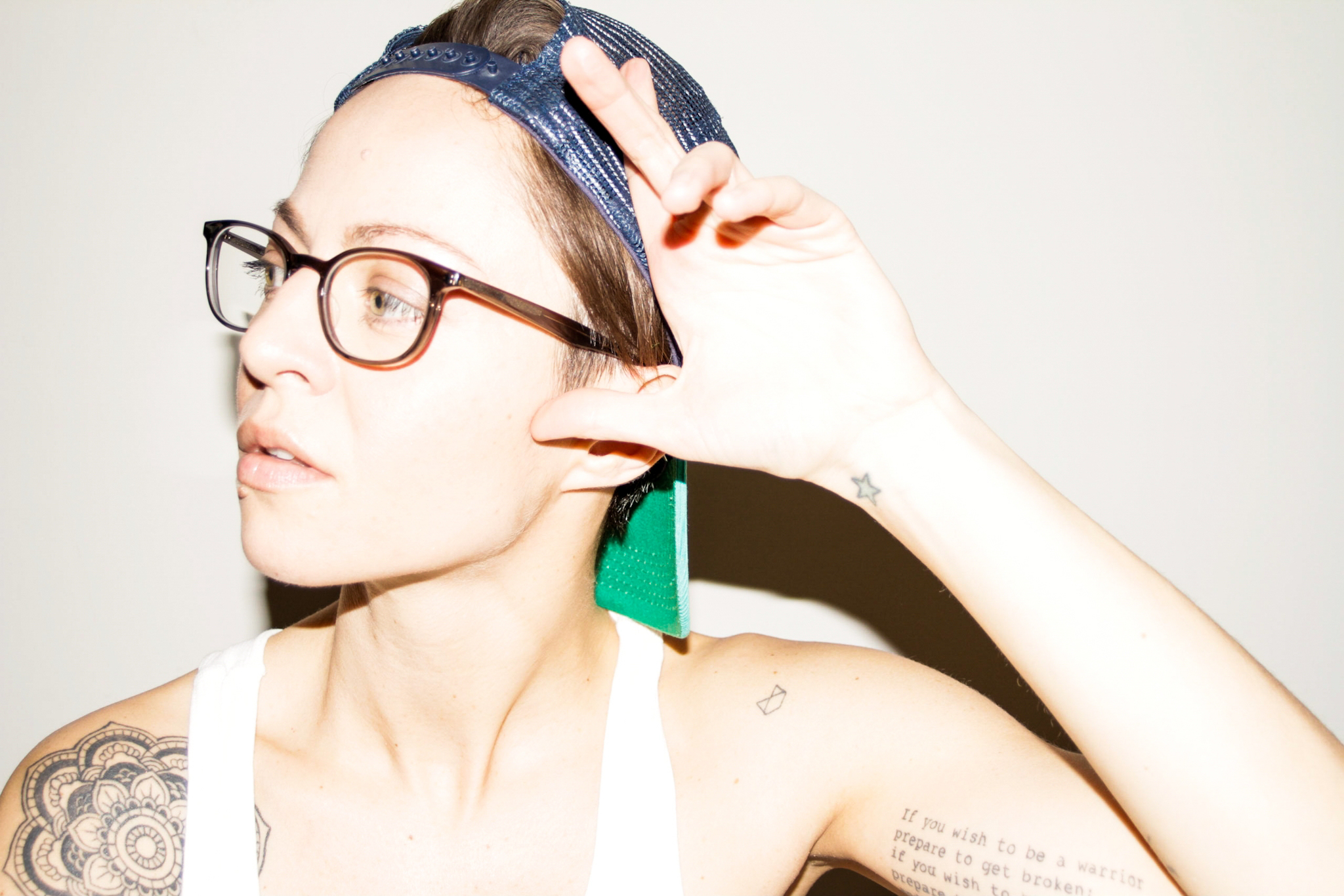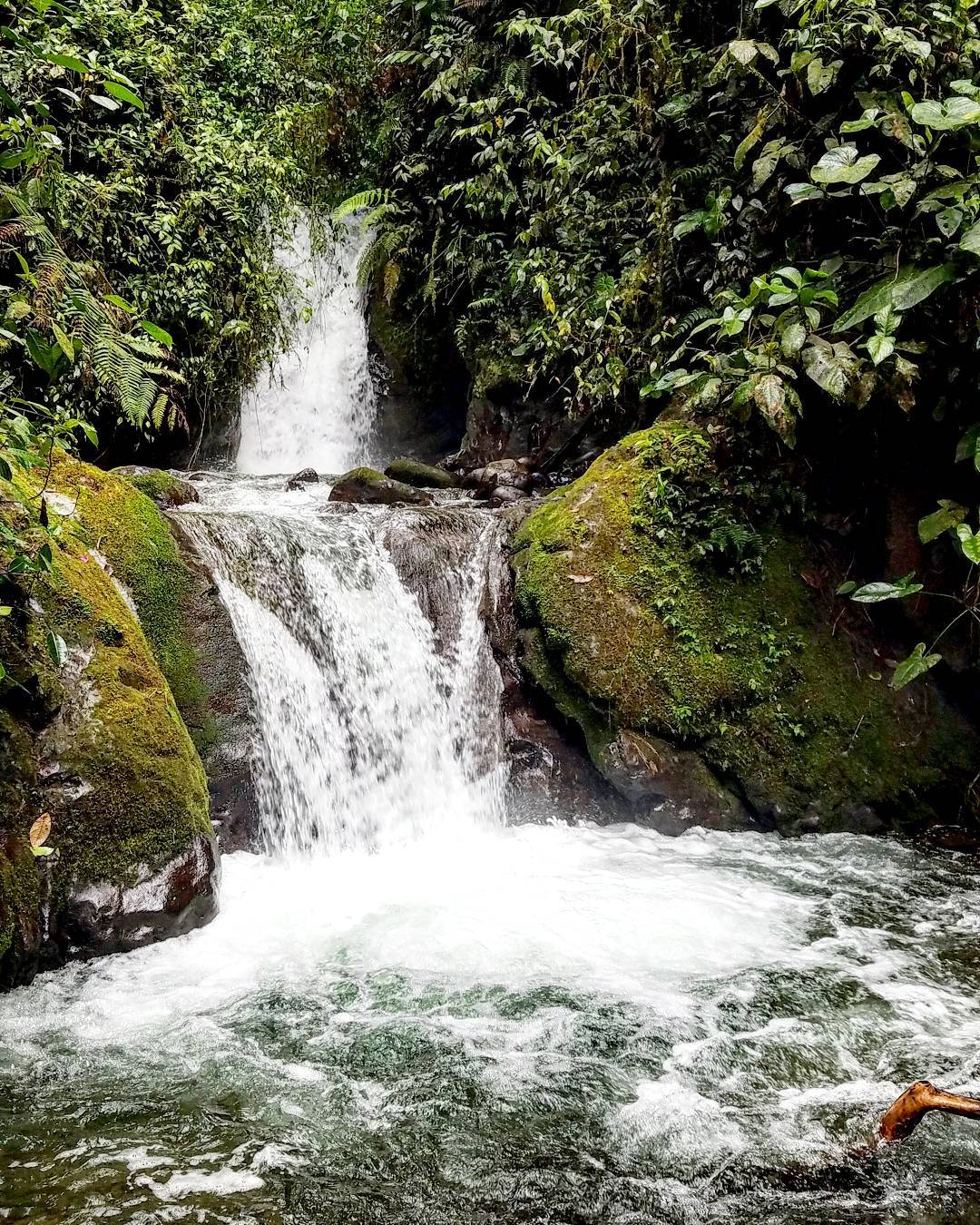Mindo, Ecuador
Cloud Forests, Butterfly Gardens & Chocolate Bars of Mindo
Ecuador is not only known for being home to the Galápagos Islands but it’s also a country full of a rich culture and diversity. It boasts one of the oldest civilizations in South America, ancient pyramids of Cochasqui and the closest point on Earth to the Sun. Ecuador is also home to the original Panama hat and over 4,000 species of orchids.
My journey to South America began in Colombia nearly two weeks prior. Cartagena (Viva Colombia!), Medellín: The City of Eternal Spring and Salento's Valley of Palms were my first three stops with Quito (It's Hard to Breathe in the Second Highest Capital City of Quito) as my final destination. From Quito, there was enough time for day trips to explore both Mindo and Otavalo's Equator Lines & Volcano Lakes. For flexibility, I had purchased two one-way tickets, one into Colombia and the other out of Ecuador with plans to visit a new city every few days.
Hike Cloud Forest
From Quito, an agency near my hostel called Galasam International arranged a tour to Mindo Valley for around $65 USD. Mindo, a village in the Andes Mountains of northern Ecuador is located two hours northwest of Quito. The area is most known for its abundance in bird species, butterflies and orchids found in the surrounding cloud forest, part of the Mindo-Nambillo Reserve.
Early in the morning a group of fellow travels gathered at a local meeting point called Magic Bean, and were on the road just after 7 a.m. The scenery along the way was lush and gorgeous shades of green. In no time we had arrived at the cloud forest.
Before entering, the bus pulled over so that everyone could take in the views. They were stunning. The landscape was alive and full of lush thick leaves in every direction. Dense clouds hovered over the forest, giving it its name. A tarabita or cable car would run us over the Nambillo River to a mountaintop, where trails lead to several waterfalls, including Cascada Nambillo.
Six of us jumped into the car and held on as we slowly rode across the valley to the other side. It was as if we were on group-sized zip line except there was a loud buzzing from the motor pulling us to the other side. Once we reached land on the opposite side our hike began.
One by one, we trailed after each other stopping to take everything in and snap photos, taking care not to slip and fall. The weather had been wet and the ground was extremely slick.
Our waterfall hunt in the cloud forest turned out to be a success. We found a number of small streams and stopped at each pool of water to enjoy. Half way through the hike it started to drizzle and eventually pour so we weren't able to see much in the way of animal life but all the green was more than enough.
Our group finally reached one of the biggest waterfalls we had been searching for, Cascada Colibries. By this point we were completely soaked from the downpour but a few from the group jumped into the warm water for a quick swim.
Returning, we began the hike back toward the zip line. The rain was falling so hard at this point that it was tough to navigate through the forest but we eventually made it safely back to the bus.
Visit a Butterfly Garden
Our next stop was a butterfly farm and orchid garden called Hosteria Mariposas de Mindo. My obsession with orchids always gets me so excited for secret spots like this and who doesn't love butterflies? I figured, this might be what heaven looks like.
As we entered the garden, orchids covered every surface; they were even falling from above. The guide stopped here and there to point out certain varieties and give descriptions of each one. The garden was so rich in plant life, it seemed to be spilling over the edges.
Our group made its way through the garden and toward the butterfly house. Before entering, we received a lesson on the stages of a butterfly; everything that occurs before a beautiful butterfly emerges from its cocoon. We were also lucky enough for a chance to hold a giant caterpillar, which I jumped at. It was enormous and felt plump with sticky feet.
As if on display, there were hundreds of chrysalises pinned up waiting to open. Some were shiny and gold while others were neon green, with all different shapes and sizes represented.
One by one, we entered the butterfly garden through a little screen door with a flap. It didn’t take long to learn that chasing butterflies isn't easy. I felt like a maniac running around the garden trying to catch a butterfly with its wings open just to take a photo. The second you get ready to snap, they flutter off. In any event, I decided butterfly gardens might be my new favorite place.
Learn How Chocolate Bars are Made
Up next, chocolate! Yumbos Chocolate is a chocolate factory smack dab in the middle of the jungle who offers hands-on tours in their garden, a chocolate shop and best of all - tastings. Our tour began out back in the garden where we would learn the chocolate making process from beginning to end.
The chocolate making process is a long one. After four years, seeds produce cacao fruit like these. When they're picked, it only takes three weeks for new fruit to grow back.
After cacao fruit is picked the seeds are used to make chocolate. Here's a peak inside.
Inside a cacao seed, the white layer on the outside is very sweet but the purple cacao inside is incredibly bitter. We tried 100% cacao down to 60%, which is the most popular chocolate bar blend at Yumbos Chocolate. That means 40% sugar and no milk.
The cacao seeds are fermented in a wooden box lined with leaves as to not taint the flavor. This small batch stays here for about a week. After fermentation, cacao seeds are dried. Each week they are moved to the next screen to ensure all moisture is lost.
When cacao seeds are fully dry they are ground up. The shells are blown away with a big fan and further separation is needed by hand to ensure the best quality. Small batches are the norm.
The cacao is then mixed with sugar and ultimately poured into molds. The molds are put on a vibrating machine to eliminate any bubbles. The chocolate sets for 24 hours and is finally packaged for the customer.
During this process an oil is left over. This oil is cacao butter, you know, the one you rub on your stretch marks. The chocolate making process is a pretty amazing one and Yumbos Chocolate was very informative. Now, I totally understand why gourmet chocolate bars are so freaking expensive.
Tomorrow, another incredible day trip out of Quito to Otavalo before heading back home.

























